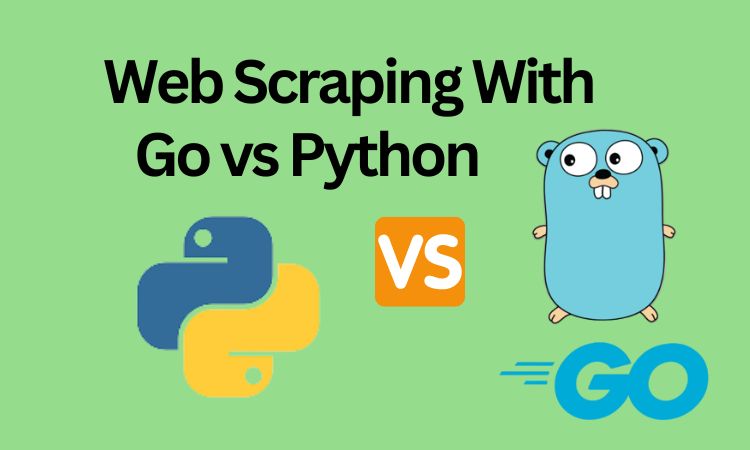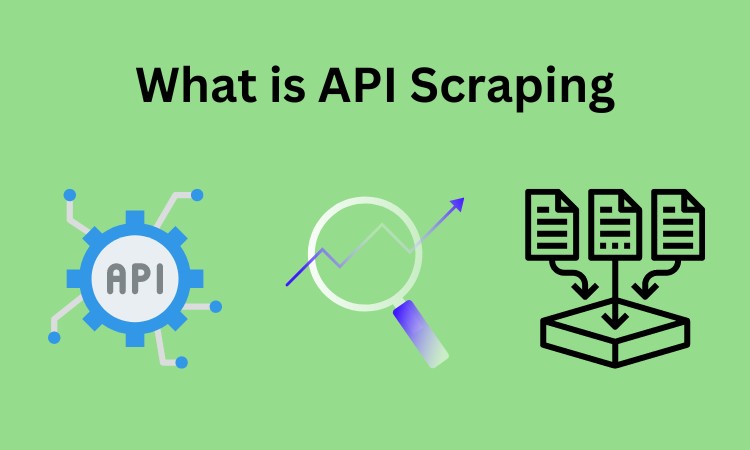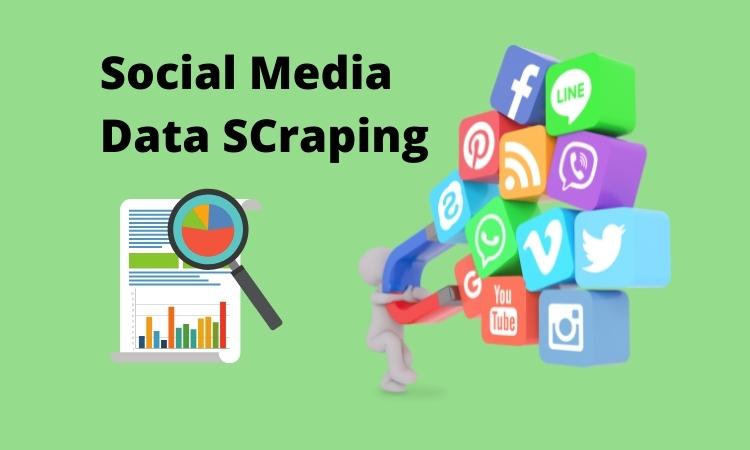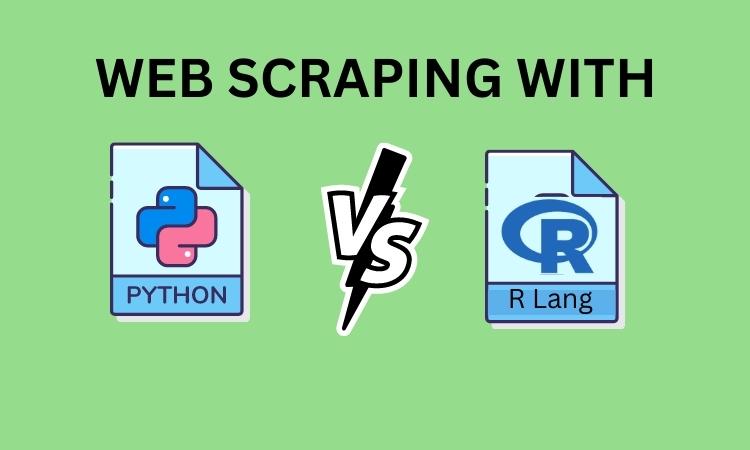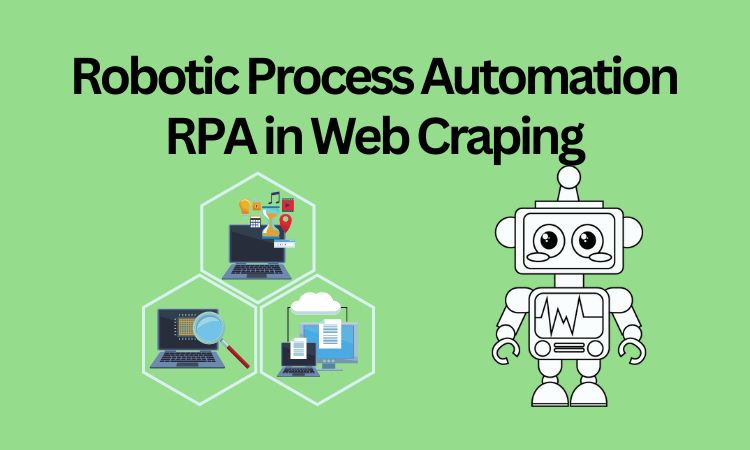Elevate Your E-commerce Game: MercadoLibre Data Scraping Unleashed
Unlock the potential of MercadoLibre data scraping with our comprehensive guide. Gain insights into MercadoLibre data scraping techniques, ethical considerations, and SEO optimization.
Unlock the potential of MercadoLibre data scraping with our comprehensive guide. Gain insights into MercadoLibre data scraping techniques, ethical considerations, and SEO optimization.
MercadoLibre has emerged as a dominant force in the Latin American market. With millions of products, numerous sellers, and a wide user base, it’s a goldmine of information for businesses and entrepreneurs looking to gain a competitive edge. This comprehensive guide will explore the world of MercadoLibre data scraping, providing insights, techniques, and best practices for SEO-optimized data collection.
What is MercadoLibre?
Before we delve into data scraping, let’s understand the platform itself. MercadoLibre is a marketplace that operates across Latin America, similar to eBay and Amazon. It features a vast array of products, including electronics, fashion, home goods, and more. To leverage its data, we need to recognize the potential benefits it can offer.
MercadoLibre boasts over 320 million registered users and millions of sellers, making it a rich source of market data. The platform operates in countries like Argentina, Brazil, Mexico, and many more, which makes it a prime target for businesses aiming to expand their reach in the region. Understanding the intricacies of MercadoLibre, such as its currency, language, and regional variations, is crucial for successful data scraping and e-commerce strategies.
Benefits of Data Scraping From MercadoLibre,
Data scraping is the process of automatically extracting information from websites. When applied to MercadoLibre, it opens up numerous possibilities, such as:
- Market Research: Gathering data on best-selling products, pricing trends, and top sellers.
- Competitive Analysis: Monitoring the activities of your competitors.
- Product Listings: Building a comprehensive database of products for dropshipping or e-commerce ventures.
- Price Monitoring: Tracking price changes in real-time.
- Keyword Research: Identifying popular search terms to optimize your listings.
- Inventory Management: Keeping track of product availability and stock levels.
In an ever-competitive e-commerce landscape, data scraping from MercadoLibre can be your secret weapon to stay ahead and make data-driven decisions.
Ethical Considerations
Before diving into data scraping, it’s crucial to consider the ethical and legal aspects. MercadoLibre, like many websites, has its terms of service. Be sure to review and comply with their policies. Moreover, ensure that you’re scraping only publicly accessible data and not infringing on any copyrights or privacy concerns.
As a responsible scraper, it’s essential to:
- Respect the website’s “robots.txt” file and adhere to any scraping restrictions.
- Use appropriate user-agent headers to identify your scraping bot.
- Avoid overloading the MercadoLibre servers to prevent service disruption.
Scrapping should always be carried out with integrity, respect for data ownership, and adherence to the platform’s guidelines to avoid legal repercussions.
Best Tools for MercadoLibre Data Scraping
To scrape MercadoLibre effectively, you’ll need the right tools. Several libraries and frameworks, such as Scrapy, Beautiful Soup, Selenium, and Puppeteer, can be used for web scraping. Choose the one that best suits your project and level of expertise.
- Scrapy is a powerful Python framework for building web scrapers. It’s an excellent choice for complex, large-scale projects.
- Beautiful Soup is a Python library for parsing HTML and XML. It’s great for simpler scraping tasks.
- Selenium and Puppeteer are browser automation tools that allow you to interact with web pages like a real user. They’re essential for scraping dynamic content.
Selecting the right tool is vital, as it can greatly impact the efficiency and success of your scraping project.
Setting Up Your Scraping Project
Let’s roll up our sleeves and set up a scraping project. This chapter will guide you through the initial steps:
- Installing the necessary libraries.
- Setting up a virtual environment to manage dependencies and avoid conflicts.
- Creating a basic scraping script, including defining URLs and starting with a simple scraper.
- Handling web page structure by examining the HTML and determining the data structure you want to extract.
We’ll also discuss strategies for error handling, logging and how to schedule and automate your scraping tasks for continuous data updates.

Web Scraping Techniques
MercadoLibre is a dynamic website with JavaScript-driven content. This chapter will explore techniques for scraping dynamic content, dealing with pagination, handling AJAX requests, and using CSS selectors to extract data efficiently.
Dynamic Content: Learn how to use tools like Selenium and Puppeteer to interact with dynamic elements, such as dropdowns and filters.
Pagination: Understand how to navigate through multiple pages of search results.
AJAX Requests: Deal with data loaded asynchronously and learn how to retrieve it.
CSS Selectors: Master the art of selecting and extracting specific elements from the page using CSS selectors.
Efficiently navigating and extracting data from a dynamic platform like MercadoLibre can make your scraping project more valuable and reliable.
Related: How to Scrape Best Buy Product Data?
Data Analysis
Now that you’ve scraped data from MercadoLibre, it’s time to make sense of it. We’ll discuss techniques for data cleaning, structuring, and analyzing. You’ll learn how to identify trends, make data-driven decisions, and extract valuable insights that can help you stay ahead of the competition.
A-Data Cleaning: Remove duplicates, fix missing or incorrect data, and ensure data consistency.
B-Data Structuring: Organize your scraped data into a structured format for easy analysis.
C-Data Analysis: Utilize data visualization and statistical tools to gain insights into market trends, pricing strategies, and customer behavior.
D-Competitive Analysis: Compare your data with competitors to identify strengths and weaknesses.
With clean, structured data, you can create actionable insights that drive your e-commerce business forward.
Optimization for MercadoLibre Data
SEO optimization is crucial to ensure that your MercadoLibre listings get the attention they deserve. This chapter will cover various aspects of optimizing your product listings:
1-Keyword Research: Identifying relevant keywords for your products using tools like Google Keyword Planner, SEMrush, or Ahrefs.
2-Title and Description Optimization: Crafting compelling titles and descriptions with your target keywords, highlighting product features, and offering unique selling points.
3-Image Optimization: Upload high-quality images with SEO-friendly file names, alt tags, and descriptions.
4-Price and Shipping: Setting competitive prices and offering flexible shipping options.
5-Customer Reviews: Encouraging and managing customer reviews to build trust and credibility.
6-Monitoring and Adjusting: Continuously optimizing your listings based on data-driven insights and changes in market conditions.
By following these SEO best practices, your MercadoLibre listings will rank higher, attract more buyers, and ultimately drive more sales.
FAQs
What data can I scrape?
You can scrape various data from websites, including product details, prices, reviews, and more, depending on your needs.
What is price scraping?
Price scraping is the process of extracting pricing information from websites, which is valuable for competitive analysis, price monitoring, and market research.
How do you scrape a website price in Python?
You can scrape website prices in Python using libraries like BeautifulSoup, Scrapy, or Selenium to fetch the HTML, parse it, and extract price data from the relevant elements.
Why would you scrape data?
Data scraping is done to gain insights, track trends, automate tasks, monitor competitors, and make data-driven decisions for various purposes, including business intelligence and research.
Conclusion
MercadoLibre data scraping offers a wealth of opportunities for e-commerce businesses looking to expand their presence in the Latin American market. By understanding the platform, employing ethical practices, and using the right tools, you can harness the power of web scraping to gather valuable insights, optimize your listings for SEO, and ultimately drive success in this thriving marketplace.
Whether you’re a seasoned e-commerce professional or just starting your online business journey, this comprehensive guide equips you with the knowledge and tools needed to thrive in the dynamic world of MercadoLibre. Happy scraping, optimizing, and succeeding in this exciting marketplace!
